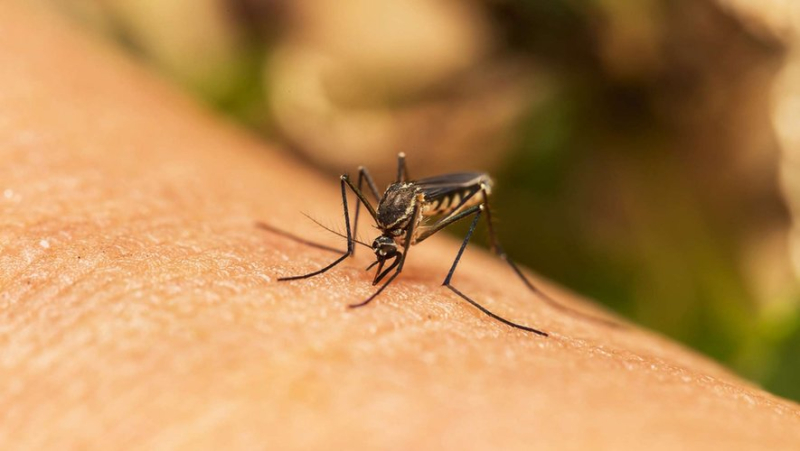Dengue: identification, fight… infected tiger mosquitoes detected in France, what are the consequences ?

Dengue : des moustiques tigres infectés détectés en France, quelles conséquences ?
In 2022, 65 indigenous cases of dengue fever were identified on mainland France, illustrating the presence of infected mosquitoes in France. But for the first time, researchers have managed to identify contaminated mosquitoes, which opens up new perspectives in terms of combating these vectors of tropical diseases.
Dengue fever is a viral disease transmitted by mosquitoes that is causing growing concern in metropolitan France. Long confined to tropical regions, this disease is now appearing in mainland France. Indigenous dengue infections – i.e. those affecting people who have not travelled in the last 15 days to an area where the disease is present – were initially detected in Nice and remained limited to the south of the country until 2018. But since then, cases have multiplied and moved north, first to the Auvergne-Rhône-Alpes region in 2019 and then to the Île-de-France region in 2023.
A hotbed of infection
A year 2023 that could well change the situation in terms of prevention. In the Drôme, a hotbed comprising 3 cases, 1 imported case and 2 local cases, has been identified. And for the first time, researchers* have managed to trap mosquitoes Aedes albopictus (tiger mosquito) containing the virus less than 100 m from the area of residence of infected people.
For the authors, the mosquitoes would have transmitted the virus from the imported case to the indigenous cases, causing the outbreak of infection.
An interesting observation on two levels for the researchers:
The dengue virus circulates in metropolitan France via local populations of tiger mosquitoes. It also offers a new way to trace the virus and monitor the epidemiology of the disease. This involves analyzing the contents of mosquito traps in citizens living around detected cases of the disease. Easy, fast and cheap…
* INRAE, in collaboration with the Claude Bernard Lyon 1 University, the EPHE-PSL and the MASCARA network




